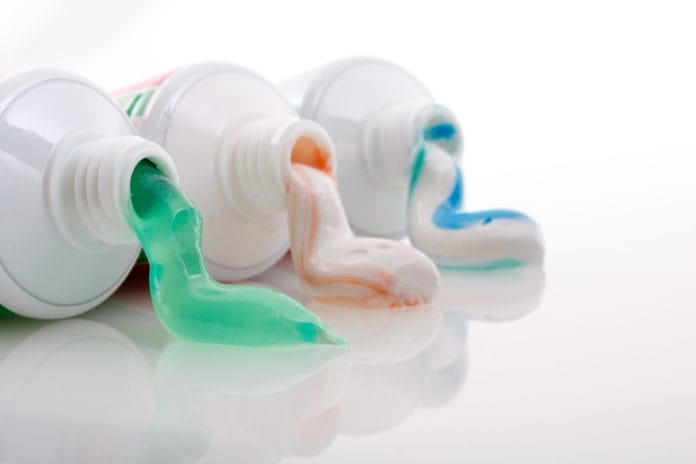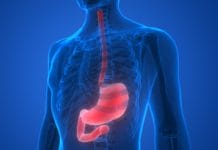What do we really know about toothpaste abrasion? I always thought the relative dentin abrasivity (RDA) was a key factor when choosing toothpaste for our patients, hoping that the amount of recession as well as the overall wear on enamel would be reduced.
Shock! I was so wrong! The RDA was simply a test designed in 1976 to determine abrasion in the laboratory but did not correlate to abrasion in the mouth. In 1995, RDA became the international standard for abrasion measurement. Any number below 250 is considered to be a safe paste for daily use, meaning an RDA value of 100, 150, or even 250 would be considered equally safe for daily use.
Surprisingly, abrasives (also called cleaning and polishing agents) are intentionally added to toothpaste to remove surface stains and break up bacterial colonies. Pastes with minimal abrasives have been shown to be inadequate at thoroughly removing plaque and daily stains. The mechanical action of the abrasive is required for the capability to cleanse the area being brushed.
Common Abrasives
Common abrasives are hydrated silica, dicalcium phosphate, calcium carbonate, and sodium metaphosphate. These abrasives may account for as much as one-third of the paste volume. Whitening pastes may add more abrasives for polishing the teeth and breaking down or dissolving stains from daily food and beverage consumption. Abrasives are now produced to be gentle to tooth structure while remaining highly effective. Multiple abrasives may be combined with different properties to produce the desired result while remaining gentle.
Surprisingly for many, we now know that tooth wear does not necessarily relate to the abrasion value. Many factors influence overall tooth wear, including attrition, erosion, and abrasion.
Attrition
Attrition is a cause of wear caused by tooth-to-tooth contact and creates a grinding down or flattening of the enamel called wear facets. This can be from mastication patterns or from parafunctional habits such as clenching and grinding.
Erosion
Erosion is a common cause for tooth wear, which can be broken down to two primary causes − intrinsic factors and diet. Intrinsic factors can often be difficult to manage, as these are acids caused by physical limitations. Tooth structures can be chemically eroded by the acids resulting from gastroesophageal reflux or prolonged vomiting. External factors such as a diet play a tremendous role in the wear of tooth structures. An acidic diet will also chemically destroy the tooth structures, particularly beverages that are often swished in the mouth or sipped repeatedly over a longer period of time. One-third of patients will present for treatment showing signs of acid erosion, and we must discover whether the cause is internal or external in nature to offer the best options for treatment.
Abrasion
Abrasion is another factor in tooth wear. Many of our patients feel the need to “kill” the bacteria in the mouth by brushing aggressively. Improper brushing technique is the most common form of abrasion and is often compounded by the use of a hard-bristled toothbrush. Appropriate tooth brushing technique must be taught during hygiene appointments, offering solutions such as light pressure, holding the brush with two fingers and a thumb instead of using a full fist grip, or using the nondominant hand to hold the brush. Some patients may benefit from electric toothbrushes with pressure-sensitive settings.
Toothpaste abrasion has long been thought to be the cause of destructive forces on the tooth structures and gingival tissues. Current scientific data shows that any toothpaste with a relative dentin abrasion of 250 or below is safe to use for daily brushing with appropriate techniques.
Choose your patients’ toothpaste based on the desired outcomes, such as sensitivity, whitening, remineralization, caries control, or dry mouth. Each of these toothpastes will contain some level of abrasion to polish and remove daily stain buildup. We no longer have to worry about toothpaste abrasion as the industry follows this international regulation, and current market standards are within the 250 RDA range. Current issues are more focused on overall diet, nocturnal habits, and appropriate daily home care. At this point, we can simply celebrate when patients are using toothpaste!
Before you leave, check out the Today’s RDH self-study CE courses. All courses are peer-reviewed and non-sponsored to focus solely on pure education. Click here now.











